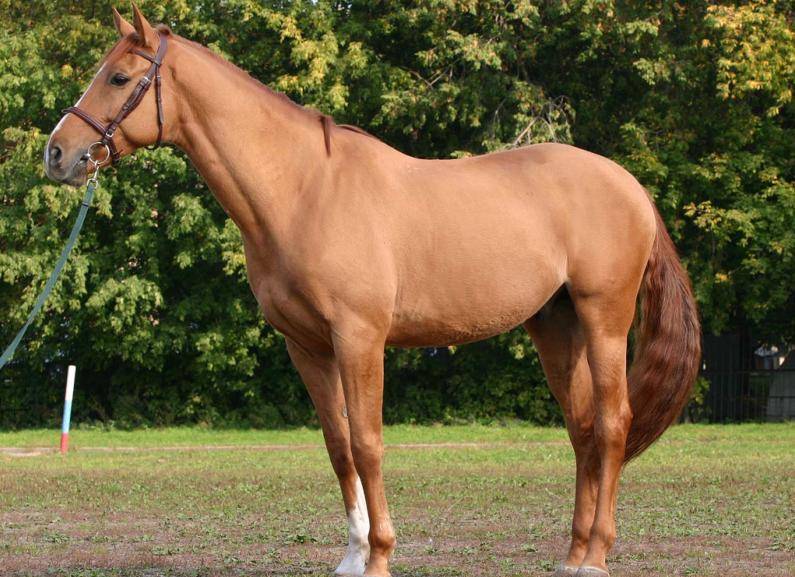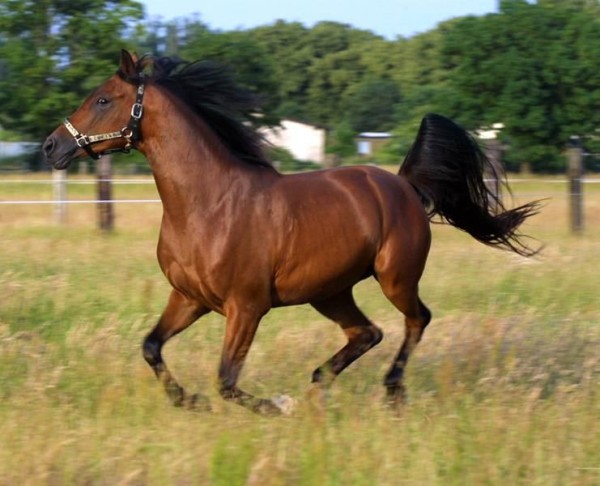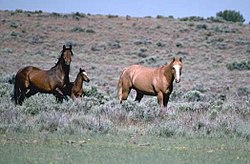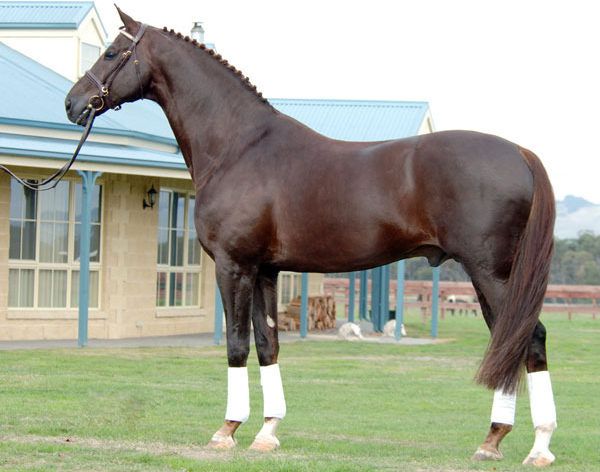American painthorse
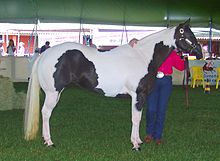 History
History
American painthorse combines the performance of a cowboy horse with a fancy freckle suit. This breed was bred on the basis of quarterbacks and thoroughbred riding horses. Painthorse history is closely linked to quarterback history. Both of these breeds are descendants of horses brought into the New World by Fernando Cortes.
Formed in 1940, the American Quarter Horse Association (AQHA) registered cowboy-type horses, culling freckles and heavily distinguished ones. In turn, fans of freckles have set up several breeding organizations. In 1962, these organizations merged into the American Paint Horse Association (APHA).
Color
Each Painthorse horse has a certain combination of white and a different color. The most common are horses with white spots in combination with blacks, nests, browns and reds. Less common are horses with small specks. Painthorns can also carry a gene of gray color and have spots that will eventually fade to white hair, while keeping the pigmented skin under dark areas.
Spots can be of any shape or size, except for a complex leopard pattern and located almost anywhere on the Painthorse body. Although painthorns come in different colors with different colors and different genetics, they are grouped into only four specific patterns of wool: overo (dark base with white spots), tobiano (light base with dark spots), tovero (combining Tobiano and Overo characteristics and solid color. Painthorse breeding stock can sometimes exhibit small color features, especially if they bear sabine genetics, such as blue eyes, pink skin on lips and nostrils, red spots and minimal redness.
Terms for color patterns
Tobiano: the most common pattern of spots, characterized by rounded marks with white legs and a white back between the shoulder and tail, the main color is white, and the spots are dark. The head is usually dark and with a mark in the form of a star, a crevice or other.
Overo: a group of patterns characterized by sharp irregular markings with horizontal orientation. Horses are usually dark with white spots, although the muzzle is usually white, sometimes with blue eyes. White rarely crosses the back and the legs are usually dark. APHA recognizes three models of overuse:
Frame (there is no stable name in Russian to indicate this color): the most familiar model is ove, the Frame gene has been genetically studied, and in homozygous form leads to white foal syndrome (LWS). Visually, the Frame gene carriers have no health defects related to their color. They are characterized by torn, sharp white spots on the sides of the body, while leaving a “frame” of non-white color, which usually includes the top line.
Sabino: often confused with pimples or rabikano (zonal pimples). Sabino is a small speckled pattern characterized by high white patches on the legs, patches on the abdomen, white patches on the face, located on and behind the eyes, and / or spots of puddles, standing alone or on the edges of white patches.
The mare is splashed white with a foal
Splashed white: The least common pattern of spots, the Splashed White is usually blue eyes and clear, smooth, blocky white markings that almost always involve the head and legs. The tail is often white or with a white tip, and the marking of the body begins under the abdomen and spreads “up”.
Tovero: a pattern of spots that is a mixture of Tobiano and overexposure, such as blue eyes on a dark head.
Solid color: The horse is eligible to be registered as a Painthorse, even if it is not white, which is a recognized pattern of spots.
Color: An informal term meaning a horse has a mottled pattern. (Opposite to “Solid Color”).
Chromium: an unofficial approval term used in some geographical regions to describe a particularly vivid picture of spots.
The current state
APHA is currently the second largest in the United States. The bulk of the stock is bred in the southwestern states and in Texas.
The Studbook is closed: to bring a horse to it, both of its parents must be registered with it, either at the American Quarter Horse Studios or at the Jockey Club. In this case, at least one parent of the horse must be registered with APHA.
In the main register are entered horses with pronounced freckle suit. This means that the horse should have at least one noticeable congenital white spot on the wool, the skin under which it is also depigmented. If white cover hair is predominant, there should be at least one colored spot, the skin under which it is pigmented.
